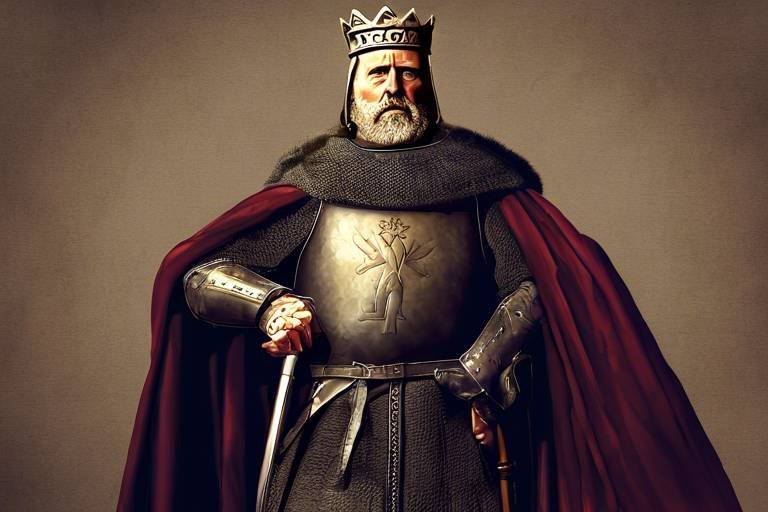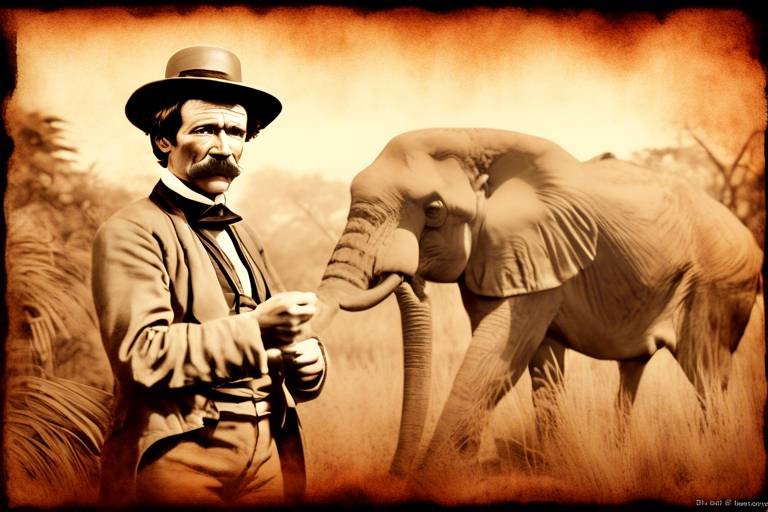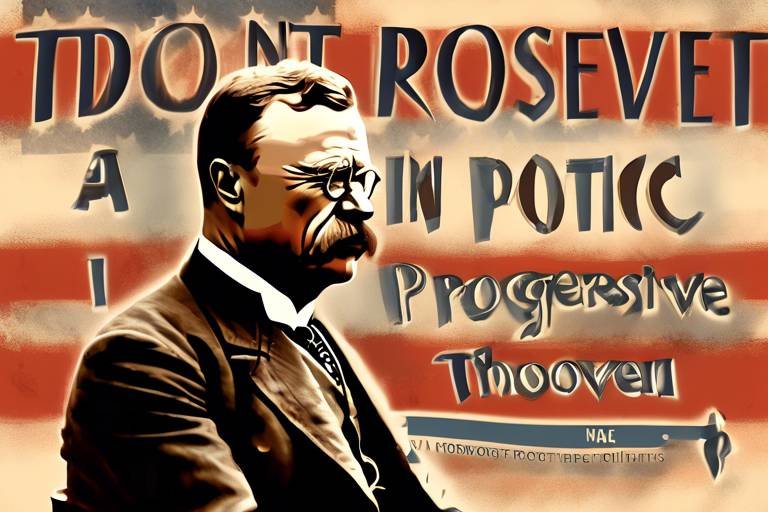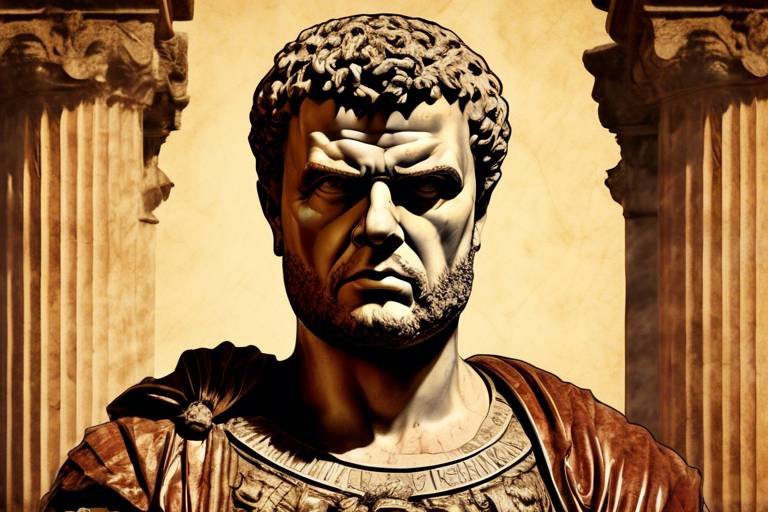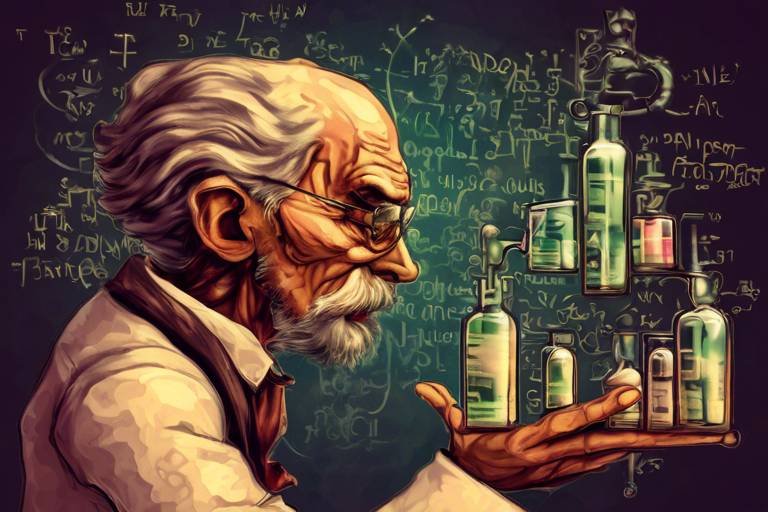Robert the Bruce: The King of Scots
Robert the Bruce, also known as Robert I, was a remarkable figure in Scottish history, revered for his pivotal role in securing Scotland's independence from English rule. Born into a noble family in 1274, Bruce's early life was marked by political turmoil and conflict, setting the stage for his future as a leader of the Scottish people.
As the Wars of Scottish Independence unfolded, Robert the Bruce emerged as a central figure, leading his countrymen in fierce battles against the English forces. His strategic acumen and unwavering determination played a crucial role in shaping the course of the conflict, earning him the title of the King of Scots.
One of the most defining moments in Robert the Bruce's reign was the legendary Battle of Bannockburn in 1314. Against all odds, Bruce and his army achieved a stunning victory over the English, securing Scotland's independence and solidifying his legacy as a national hero.
In 1320, Robert the Bruce's leadership was further exemplified through the Declaration of Arbroath, a historic document sent to the Pope affirming Scotland's sovereignty and asserting the nation's right to self-governance. This declaration underscored Bruce's unwavering commitment to the cause of Scottish independence.
Robert the Bruce's legacy continues to resonate in Scottish history, with statues, monuments, and memorials dedicated to him throughout the country. His enduring impact on Scotland's independence struggle and his reputation as a symbol of resilience remain ingrained in the nation's collective memory.
Despite his celebrated status, Robert the Bruce's reign was not without controversy. Debates surrounding his political decisions, alliances, and leadership style persist, reflecting the complexities of his rule during a tumultuous period in Scottish history.

Early Life and Background
Robert the Bruce, the legendary King of Scots, had a fascinating early life and background that greatly influenced his future reign. Born into nobility in 1274, Robert's family history was intertwined with the tumultuous political landscape of medieval Scotland. His grandfather, also named Robert Bruce, had been a claimant to the Scottish throne, setting the stage for the young Robert to pursue his own ambitions.
Despite his noble lineage, Robert the Bruce faced challenges early on, including his family's complex allegiances and the shifting loyalties among Scottish nobles. These experiences shaped his understanding of power dynamics and the importance of forging strategic alliances in a politically volatile environment.
As a young man, Robert the Bruce displayed military prowess and leadership skills, distinguishing himself in various conflicts and earning a reputation as a capable warrior. His early experiences in battle and diplomacy laid the foundation for his future role as a key figure in the fight for Scottish independence.
Robert's upbringing was also marked by personal tragedies, including the death of his father and the imprisonment of his family members by English forces. These adversities fueled his determination to challenge English dominance and assert Scotland's sovereignty, setting the stage for his later achievements as a ruler.

Wars of Scottish Independence
The Wars of Scottish Independence marked a tumultuous period in Scotland's history, with Robert the Bruce emerging as a central figure in the struggle for freedom from English rule. His leadership and military prowess played a crucial role in the Scots' resistance against the English forces, shaping the course of the conflict.
Robert the Bruce's determination to secure Scotland's independence led to a series of strategic military campaigns, where he employed guerilla tactics and unconventional warfare to outmaneuver the larger and better-equipped English army. His ability to rally the Scottish clans and inspire loyalty among his followers was instrumental in the resistance effort.
One of the most significant moments in the Wars of Scottish Independence was the Battle of Bannockburn in 1314. Here, Robert the Bruce led the Scottish forces to a stunning victory over the English army, despite being outnumbered. This decisive triumph not only boosted Scottish morale but also solidified Robert the Bruce's reputation as a formidable leader and military tactician.
Furthermore, Robert the Bruce's leadership was exemplified by the Declaration of Arbroath in 1320. This historic document, sent to the Pope, asserted Scotland's right to independence and reaffirmed the nation's loyalty to Robert the Bruce as its rightful king. The declaration played a crucial role in garnering international support for Scotland's cause and legitimizing its quest for freedom.
Throughout the Wars of Scottish Independence, Robert the Bruce's vision and strategic acumen were instrumental in turning the tide against English domination. His unwavering commitment to the Scottish cause and his ability to unite disparate factions under a common goal were pivotal in shaping the outcome of the conflict and laying the foundation for Scotland's eventual independence.

Battle of Bannockburn
The Battle of Bannockburn in 1314 stands as a defining moment in Scottish history, showcasing the remarkable leadership and military prowess of Robert the Bruce. As the Scottish forces faced off against the larger English army led by King Edward II, the odds seemed stacked against them. However, Robert the Bruce's strategic genius and the determination of his troops turned the tide of the battle.
Utilizing the marshy terrain to their advantage, the Scots employed clever tactics to outmaneuver and outsmart the English forces. Robert the Bruce's bold decision-making and inspirational leadership galvanized his men, instilling in them a sense of purpose and unity that proved crucial in the face of adversity.
The battle reached its climax on the second day when Robert the Bruce led a decisive charge that shattered the English lines, leading to a resounding victory for the Scots. This triumph not only secured Robert the Bruce's position as the undisputed King of Scots but also reinvigorated the Scottish cause for independence, inspiring future generations to continue the fight against English domination.
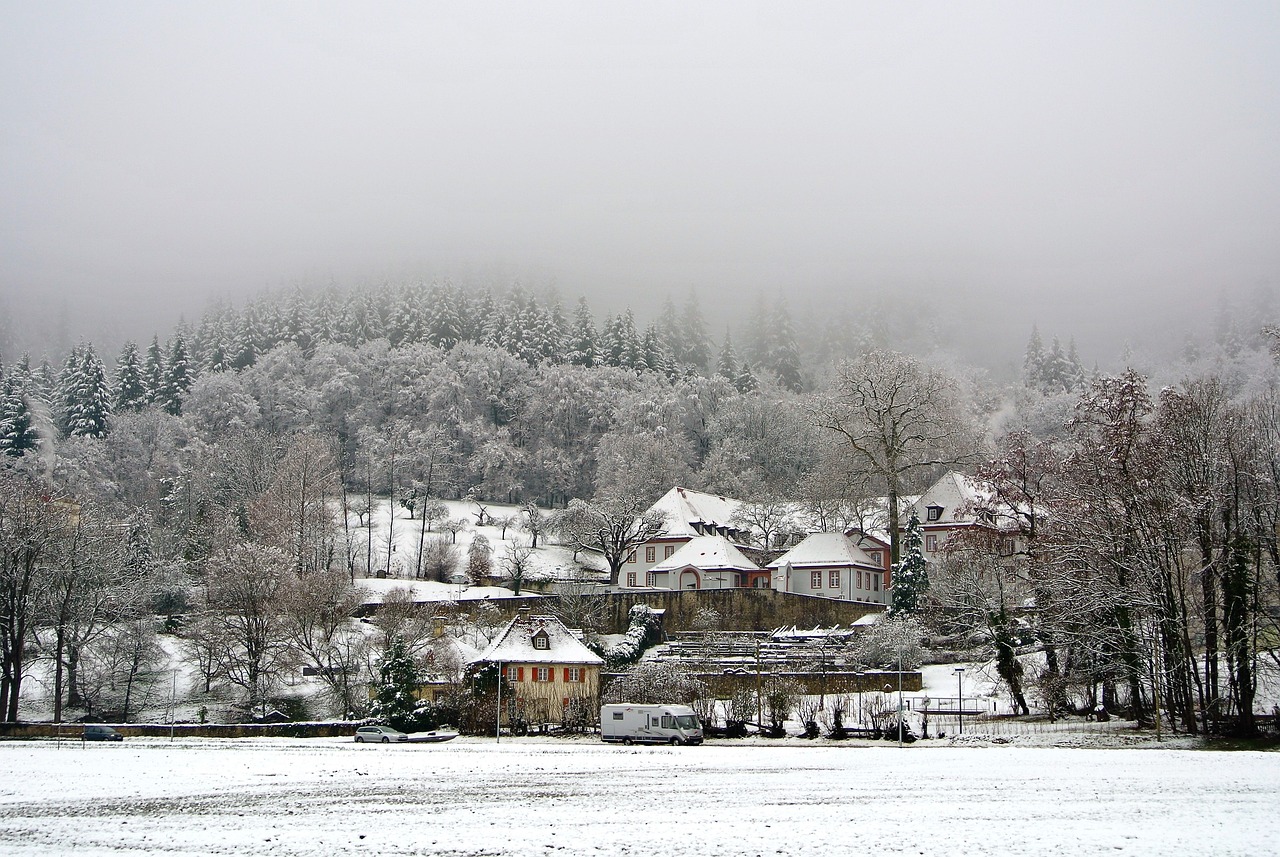
Declaration of Arbroath
The is a pivotal document in Scottish history, symbolizing the country's quest for independence and sovereignty. Issued in 1320, this declaration was a letter addressed to Pope John XXII, asserting Scotland's status as an independent nation and its right to resist English aggression. It emphasized the divine right of the Scots to defend their land and freedom, highlighting Robert the Bruce's leadership in the struggle for independence.
The was a bold statement of defiance against English attempts to subjugate Scotland, showcasing the unity and determination of the Scottish people under Robert the Bruce's leadership. It sought international recognition for Scotland's independence and reaffirmed the legitimacy of the Scottish crown, solidifying the country's position on the world stage.
This historic declaration laid the foundation for Scotland's future as a sovereign nation, inspiring generations of Scots to uphold their heritage and fight for their rights. It remains a symbol of resilience and national pride, commemorating the courage and vision of those who fought for Scotland's freedom during a time of great turmoil and uncertainty.

Legacy and Impact
Robert the Bruce, a prominent figure in Scottish history, is celebrated for his remarkable leadership during the Wars of Scottish Independence, where he played a crucial role in securing Scotland's freedom from English domination.
Robert the Bruce's enduring legacy in Scottish history is profound, with his impact on the nation's independence resonating through the centuries. His unwavering determination and strategic brilliance have solidified his reputation as a symbol of Scottish resilience and national pride.
Throughout Scotland, numerous statues, monuments, and memorials pay tribute to Robert the Bruce's contributions to the country's rich history and culture. These physical representations serve as reminders of his leadership and the sacrifices made for Scotland's freedom.
Moreover, Robert the Bruce's legacy extends beyond tangible memorials, as he has been immortalized in literature, art, and popular culture. Depictions of his heroic deeds and strategic acumen have captivated audiences, shaping the public's perception of this iconic Scottish king.
Across Scotland, various statues and memorials commemorate Robert the Bruce's pivotal role in securing Scotland's independence. These monuments stand as testaments to his leadership and the nation's enduring gratitude for his contributions.
Robert the Bruce's legacy is not confined to historical records; his story has inspired countless artistic interpretations in literature, art, and popular culture. From epic poems to modern films, his character continues to captivate audiences and reinforce his status as a legendary figure in Scottish history.
Despite his revered status, Robert the Bruce's reign was not without controversy. Debates persist regarding his political decisions, alliances, and the complexities of his leadership during a tumultuous period in Scottish history. These controversies add layers to his legacy, sparking ongoing discussions among historians and scholars.

Statues and Memorials
When it comes to honoring the legacy of Robert the Bruce, Scotland does not fall short in paying tribute to its heroic king. Statues and memorials dedicated to Robert the Bruce can be found scattered across the Scottish landscape, serving as enduring symbols of his contributions to the nation's history and culture.
One of the most prominent statues of Robert the Bruce stands tall at the entrance of Stirling Castle, overlooking the historic site of the Battle of Bannockburn. This majestic monument captures the essence of Robert the Bruce as a fearless leader who led his people to victory against all odds.
Additionally, the Bannockburn Heritage Centre features a striking bronze statue of Robert the Bruce mounted on horseback, commemorating his iconic role in the Battle of Bannockburn. Visitors can witness this impressive statue up close, evoking a sense of pride and admiration for Scotland's legendary king.
Throughout Scotland, various memorials pay homage to Robert the Bruce, including the Robert the Bruce statue in Aberdeen's Broad Street and the statue in the grounds of Marischal College. These monuments not only celebrate his military achievements but also highlight his enduring legacy as a symbol of Scottish independence and resilience.
Moreover, the Robert the Bruce statue at the Bannockburn Battlefield site serves as a poignant reminder of the historic battle that secured Scotland's freedom. Visitors can witness this solemn tribute to Robert the Bruce's leadership and bravery, immersing themselves in the rich history of Scotland's struggle for independence.
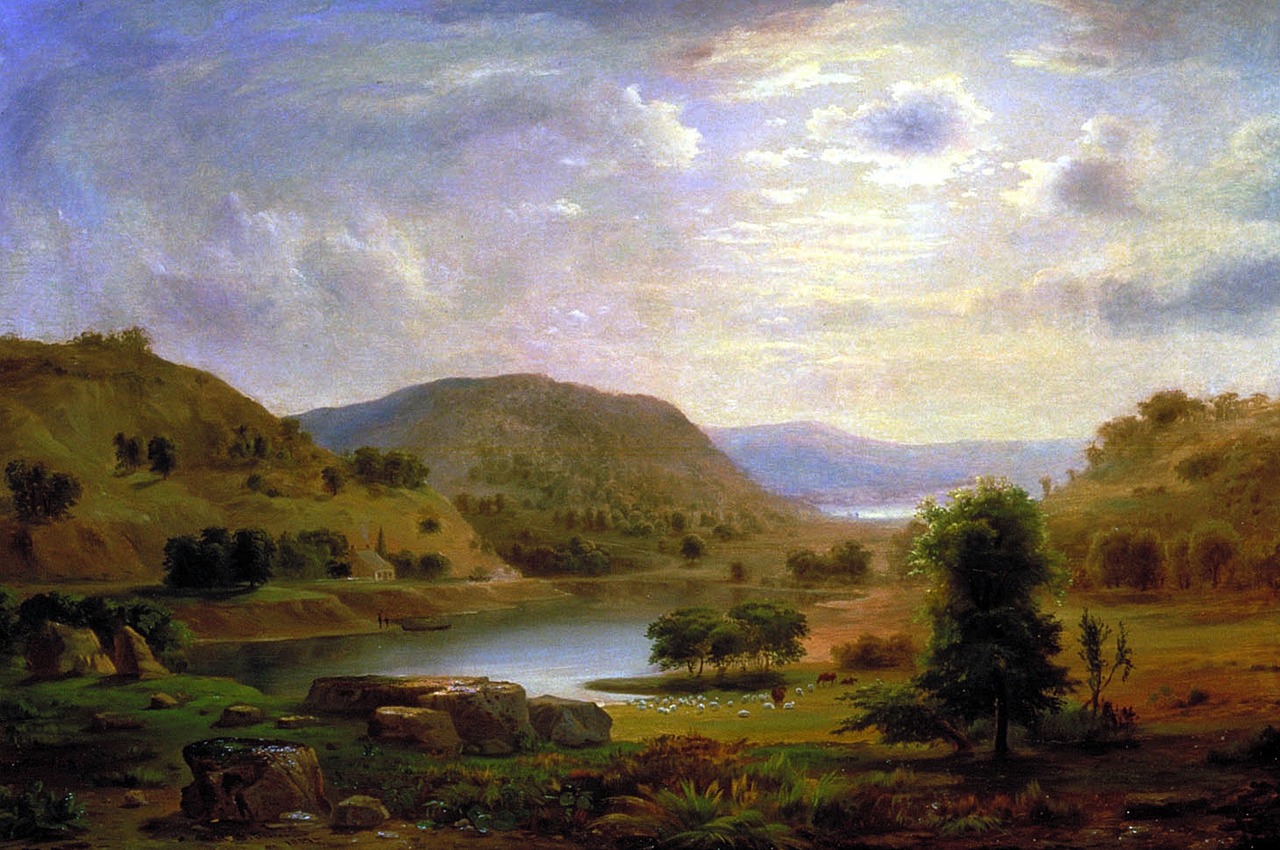
Cultural Depictions
Robert the Bruce, the legendary King of Scots, has been immortalized in various cultural depictions throughout history. From literature to art and popular culture, his image has been a source of inspiration and fascination for many. In literature, Robert the Bruce is often portrayed as a courageous and strategic leader, embodying the spirit of Scottish independence and resilience. Artists have captured his iconic moments, such as the Battle of Bannockburn, in paintings and sculptures, showcasing his bravery and determination.
Popular culture has also embraced Robert the Bruce, featuring him in films, TV shows, and even video games. These depictions often romanticize his story, portraying him as a hero fighting against oppression and tyranny. Through these cultural representations, Robert the Bruce's legacy continues to captivate audiences and keep his memory alive.

Historical Controversies
Robert the Bruce's reign was not without its share of historical controversies that continue to spark debates among historians and scholars to this day. One of the most contentious issues surrounding his leadership was his shifting alliances with both the Scottish and English factions. Critics argue that Robert the Bruce's pragmatic approach to diplomacy, which sometimes involved collaborating with the English crown, contradicted his image as a staunch defender of Scottish independence.
Moreover, Robert the Bruce's claim to the Scottish throne itself was a subject of dispute, as he initially supported the English monarch Edward I's rule over Scotland before asserting his own right to kingship. This transition from a supporter of English dominance to a champion of Scottish sovereignty raised questions about Robert the Bruce's motives and loyalty, leading to speculation about his true intentions during the Wars of Scottish Independence.
Another source of historical controversy surrounding Robert the Bruce is the treatment of his political adversaries, particularly his actions against fellow Scottish nobles who opposed his rule. Critics point to instances where Robert the Bruce employed ruthless tactics to maintain power, including the execution of rivals and the confiscation of their lands. These controversial measures have fueled debates about the extent to which Robert the Bruce was willing to go to secure his position as the King of Scots.
Furthermore, the complexities of Robert the Bruce's leadership during a tumultuous period in Scottish history have also been a subject of historical scrutiny. His strategic decisions, military campaigns, and governance policies have been analyzed and critiqued by historians seeking to understand the full scope of his reign. The nuances of Robert the Bruce's rule, including his management of internal conflicts and external threats, have sparked ongoing discussions about his legacy and the impact of his actions on the course of Scottish history.
Frequently Asked Questions
- Who was Robert the Bruce?
Robert the Bruce, also known as Robert I, was the King of Scots who played a crucial role in Scotland's fight for independence from English rule during the Wars of Scottish Independence in the 14th century. He is considered a national hero and a symbol of Scottish resilience.
- What was the Declaration of Arbroath?
The Declaration of Arbroath was a letter sent to the Pope in 1320, asserting Scotland's independence and sovereignty. It highlighted Robert the Bruce's leadership and the Scottish nobility's determination to defend their land and freedom against English aggression.
- What was the significance of the Battle of Bannockburn?
The Battle of Bannockburn in 1314 was a decisive victory for the Scots led by Robert the Bruce against the larger English army. This battle marked a turning point in the Wars of Scottish Independence, boosting Scottish morale and solidifying Bruce's position as a formidable leader.
- How is Robert the Bruce remembered today?
Robert the Bruce is remembered through various statues, monuments, and memorials across Scotland, honoring his contributions to Scottish history. He is also depicted in literature, art, and popular culture as a symbol of Scottish independence and resilience.
- What controversies surround Robert the Bruce's reign?
There are debates about Robert the Bruce's political decisions, alliances, and leadership style during his reign. Some question his tactics and alliances, while others praise his strategic acumen and determination in securing Scotland's independence.

